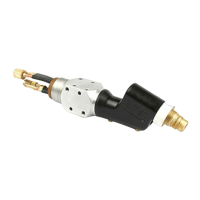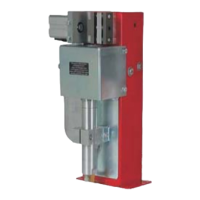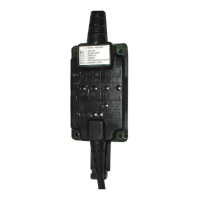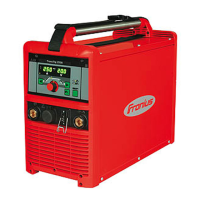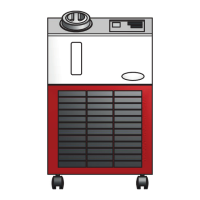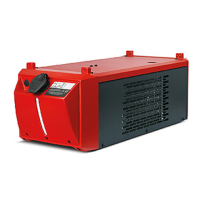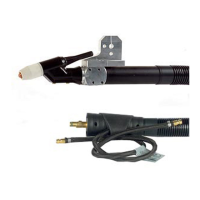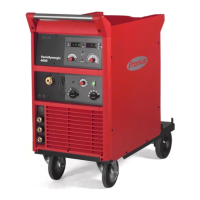Care, maintenance and disposal
Safety
WARNING!
An electric shock can be fatal.
Before carrying out any work on the welding torch:
▶
Turn the mains switches of the power source and plasma device to the "0"
position
▶
Disconnect the power source and plasma device from the mains
▶
Put up an easy-to-understand warning sign to stop anybody inadvertently
switching them back on again
General Regular preventive maintenance of the welding torch is essential for problem-
free operation. The welding torch is subjected to high temperatures. It therefore
requires more frequent maintenance than other components in the welding sys-
tem.
At every start-
up
-
Check plasma torch, torch hosepack and current connections for signs of da-
mage
-
Check gas and water connections for leaks
-
Check that the cooling unit used for cooling the plasma torch is functioning
properly, monitor the water return level in the coolant container, bleed the
cooling unit if necessary
-
Check that the wearing parts for the plasma torch are in perfect condition,
clean wearing parts before fitting them
-
Check that the union nut is secure (hosepack - plasma torch interface)
Monthly
-
If applicable, check the filter in the cooling circuit for contamination
-
Check that coolant is pure; if there are any impurities, replace the coolant
and rinse the plasma torch thoroughly several times by letting coolant flow
into it and back out again
NOTE!
Deposits inside the plasma torch can cause high frequency arc-overs, thereby
damaging the plasma torch
▶
Dismantle the plasma torch and check for deposits/contamination
Disposal Waste electrical and electronic equipment must be collected separately and re-
cycled in an environmentally-friendly way, in accordance with the European Di-
rective and national legislation. Used equipment must be returned to the distri-
butor or disposed of via an approved local collection and disposal facility. Cor-
rect disposal of used equipment promotes the sustainable recycling of material
resources. Failing to dispose of used equipment correctly can lead to adverse he-
alth and/or environmental impacts.
Packaging materials
40
